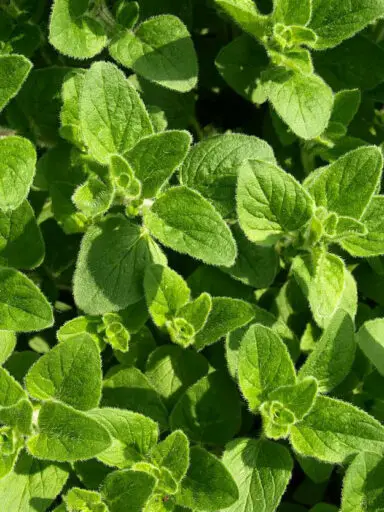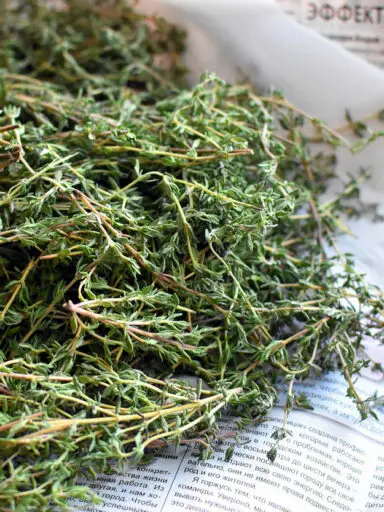Okra or okro is also known as ladies’ fingers, ochro, or gumbo depending on where you come from or where you live. It is a plant in the mallow family. It is believed to originate from North-Eastern Africa in the Ethiopian region.
Others may argue that it originated in South Asia while others lay claims in West Africa. Whatever the origins, it is grown for its edible green seed pods in tropical, subtropical, and warm temperate regions around the world.
Okra is a perennial flowering plant that grows about 2 meters tall. It bears leaves that reach about 10 to 20 cm in length. The plant which is related to cocoa and cotton is grown for its dark green seed pods which can reach up to 18 cm long. The radius forms a pentagon cross-section and produces several mucilaginous white seeds.
Okra is heat and drought resistant and can tolerate clay soils but on the other hand, it cannot survive frost. It grows best in well-drained and manure-rich soil.
The pods are usually harvested while they are green and immature. They are available in markets all year round. They possess a mild flavor. Pods should be purchased firm but tender. Avoid those that are withered, with bruises and cuts, or any signs of discoloration, spots, or mushy areas. It should also not have any rancid smells about them.
They can be stored and will keep fresh in a refrigerator for one to two days.
How to Prepare Okra for Consumption
The pods should be washed in cold running water to remove dirt and soil particles. This also removes pesticide and insecticide residue. The top stem can then be cut off. The pods can be left whole or cut into smaller pieces according to the recipe instructions.
To cook the pods, one can boil, steam, stew, fry, or stir-fry this vegetable. They can be the star of the vegetable dish or they can be mixed with other ingredients.
Okra goes well with meat, fish, poultry and rice dishes, and vegetable stews. In some regions, they can be pickled or made into soup. Young tender Okra leaves can also be eaten raw as an ingredient in salads.
Nutritional Benefits
Okra is rich in energy and produces 553 calories per 100 grams. It is also rich in carbohydrates, protein, and fat. It is also a great source of dietary fiber and contains no cholesterol.
The pods are a very rich source of mucilage substance. This helps in smooth peristalsis of digested food through the gut and eases constipation. Okra is also rich in vitamins and minerals.
It is rich in B-complex vitamins including thiamin, pyridoxine, and pantothenic acid. It is also a good source of folates, niacin, and riboflavin. In addition, it is a rich source of vitamin E and vitamin K.
As for minerals, Okra is a good source of potassium. It is a very rich source of copper, iron, magnesium, manganese, phosphorus, selenium, and zinc.




